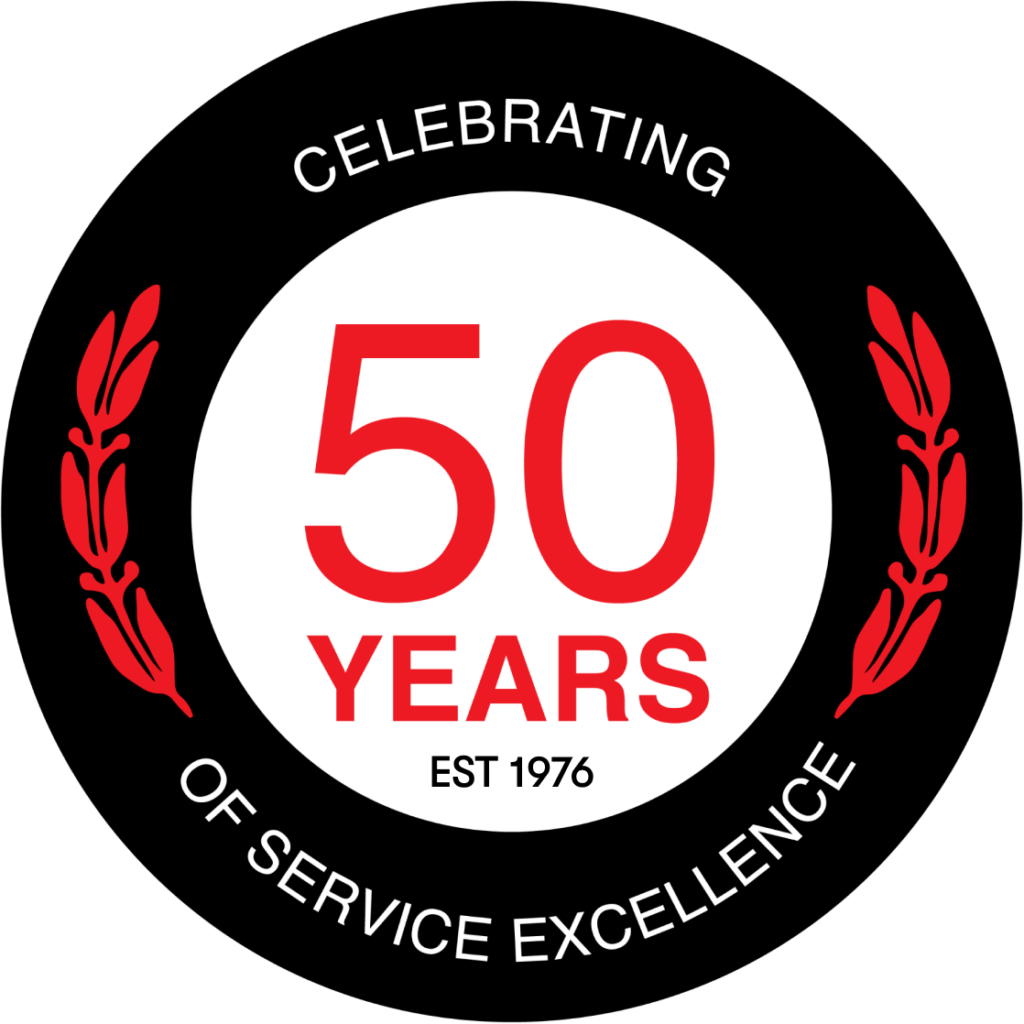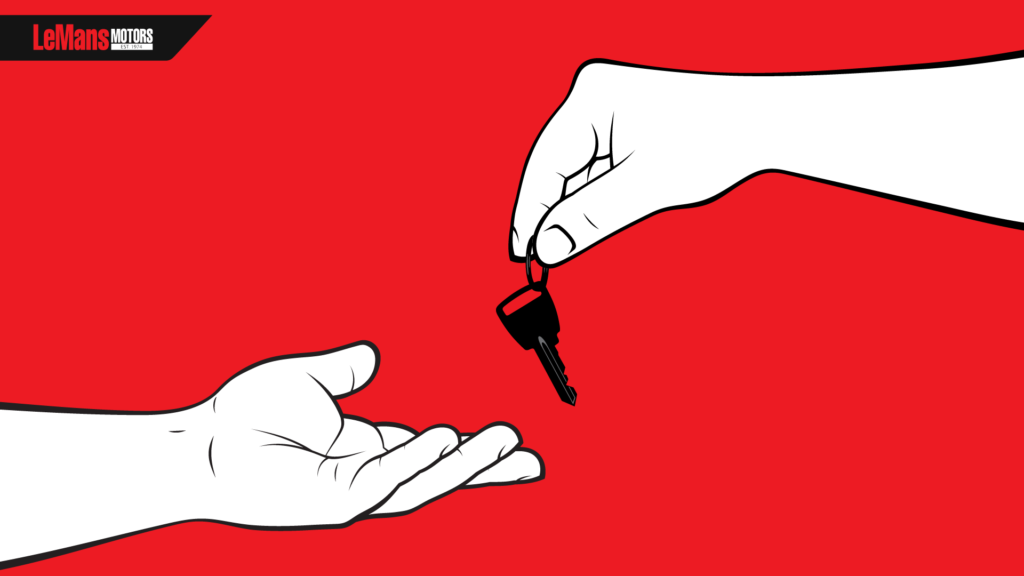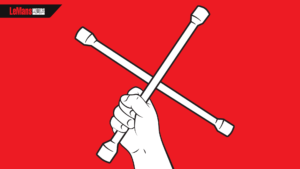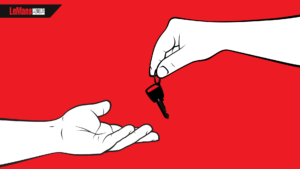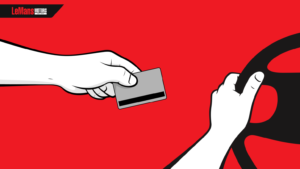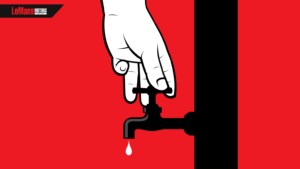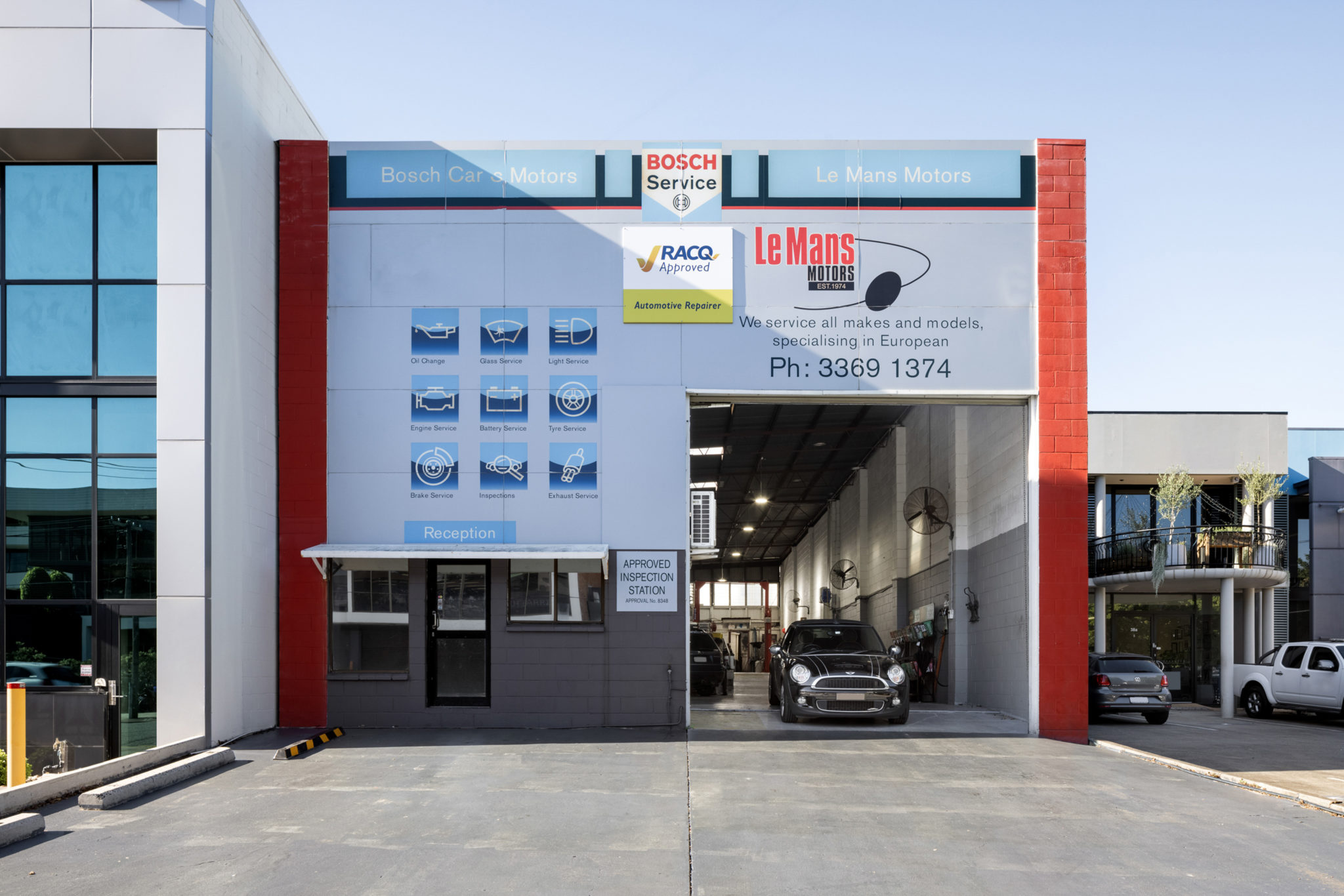So, you’re thinking about buying a used car and you’re not sure where to even start. There’s a lot to consider when you’re buying a used car. Do you buy from a dealership or a private seller? How do you buy a used car? What should you be considering? We’ve got the answers. Here’s what to look for when buying a used car.
What to look for when buying a used car
We’ll go through the steps for buying a used car and we’ll weigh the pros and cons of buying from a private seller and buying from a dealership down below. For now, here’s what to look for when buying a used car.
1. Check out the exterior for rust or previous crashes
Make sure you head out to inspect the car during the day. It’ll be a lot easier to see scratches, marks, or dents in the daylight. Check over the car’s exterior for rust, or hidden rust. Hidden rust might be welded or painted over (usually not very well). Or, it might be on the car’s roof or under the floor mats inside. Be sure to check thoroughly. You should be looking for signs that the car has been in an accident too. Look at the gaps between the car panels — are they consistent? If the gaps differ in size, the car may have been in a crash and has been fixed dodgily.
2. Check out the tyres and wheels — including the spare
Check the tyres for uneven wear — if there is, the wheels may be off balance, the car may need a wheel alignment, or they may just be a bit of a careless driver. Look at the spare tyre too, it’s always good to know if it’s in good knick… tyres are expensive!
3. Make sure the seatbelts, windows, and doors work
It can be really frustrating to find out that something simple doesn’t work, especially when you’ve just purchased the car. Double check all of the used car’s interior features are still in play. Click in each seatbelt, put each window up and down and individually open each door.
4. Ensure lights, the air conditioner, indicators, and dashboard switches work
Like we said, it’s really frustrating when something doesn’t work. Check all the lights (reverse, brake lights, headlights) work. Try out all the switches on the dashboard and run the air con during your test drive. It’s especially good to know if the car’s air conditioner works — these can be really expensive to fix.
5. Make sure the front seats in the car adjust properly
You should make sure the driver’s seat definitely moves back and forth, but check the car’s front seat movements in general. These are really common to break on older cars.
6. Check the engine and engine fluids
Obviously, low fluids aren’t the end of the world, as they can be topped up. But check the engine and engine fluids anyway. If you check and the oil is low, it’s an indication of how the car’s been treated. Check the engine generally too. It shouldn’t look absolutely pristine — an insanely clean engine can be a sign that the seller is hiding something. On the flip side, a bomb site of an engine is a really poor sign too.
Look for a creamy white liquid around the oil filler cap too. It’s a sign the head gasket might be leaking — you won’t want that mechanical bill either.
7. Test drive time
Now you know what to look for when buying a used car, here’s how to test drive it. Before you turn on the car, twist the steering wheel from side to side and listen out for any bad sounds. Listen out for any sounds while you’re driving it too. Take the car up a steep hill and test the handbrake. If you can, drive it on a highway to see how the car handles at a higher speed. If the car’s manual, make sure you change up and down between each gear on the drive — to make sure the clutch and gearbox are in fine condition.
How to buy a used car
Now you know what to look for when buying a used car, here’s how to buy a used car.
1. Define a budget
When you’re looking to buy a car, it’s really good to have an idea of what you can afford before you start looking. Set a budget and be sure to factor in stamp duty, registration costs, and travel as well, if you’ll need to drive to a nearby city.
2. Get an idea of what you can afford
Hop on Carsales, Facebook Marketplace, Gumtree, and car dealership websites to get an idea of what you can afford within your budget.
3. Start looking for cars
Now you know what you’re looking for, it’s time to start looking for cars. Be sure to consider the description critically. You can gloss over little things in the excitement of getting a new car. But consider each detail. Consider the kilometres on the car for its age… A car with 200,000km on the odometer isn’t bad if it’s 20 years old — but it’s really strange if it’s only 5 years old.
4. Contact a seller
You’ve found something you like — amazing. Contact the seller now. Ask any questions you might have for them: how long have they owned it? Are they the only owner? Has it been in hail or in a flood?
5. Inspect the car
Arrange a time to inspect the car. This is where everything we said up above about what to look for in a used car comes in…
6. Ask about the car’s history
Ask the owner about the car’s history. Are they the only owner of the car? Has it been in a crash? Can the owner supply a logbook showing every service event has been completed? Get them to show you a safety certificate (FKA roadworthy certificate/RWC) too.
7. Confirm the car’s history
Now you’ve asked the owner about the car’s history — double check it yourself. Get a vehicle history check, this will let you know if the car’s been stolen, if it’s been written off, or if the owner still owes money on it.
8. Take it for a test drive
Like we said up above, take it for a test drive and listen to the car. Pay attention to the handling, take it on a variety of roads, and pay attention to how it drives.
9. Negotiate the price
You should try and be fair here. If the car’s already a really decent price and everything checks out well, probably don’t haggle. You could alienate the seller and there’s a good chance they won’t take it, as they know they can get more for it. But, if there is wiggle room on the cost, then give negotiating the price a go.
10. Pay and sign the papers
All that’s left is to pay the money and sign the papers, and voila, the car’s yours. How this process works and which papers need to signed exactly will vary from state to state — so check your state government’s transport website. Be sure to have the car insured before you drive it away!
Dealership Vs. Private Seller
Now you know what to look for when buying a used car and how to buy a used car — but which is better: the dealership or a private seller? Buying from the dealership is usually a little bit safer. Their reputation matters more, so they shouldn’t rip you off massively or sell you an absolute lemon. However, the car will be a bit pricier and there’s less wiggle room. Dealerships have mechanics on hand to repair any damage, so there’s less incentive to hide any dodgy breaks in the car. Plus, at a dealership, the ‘driveaway’ tags will include the registration and stamp duty. A private seller should usually be selling a used car for less and will also be more willing to negotiate price — especially if the car’s had trouble selling.
